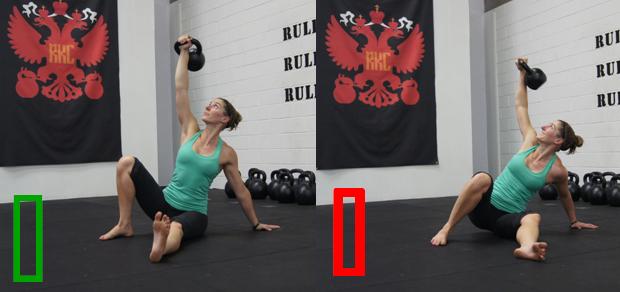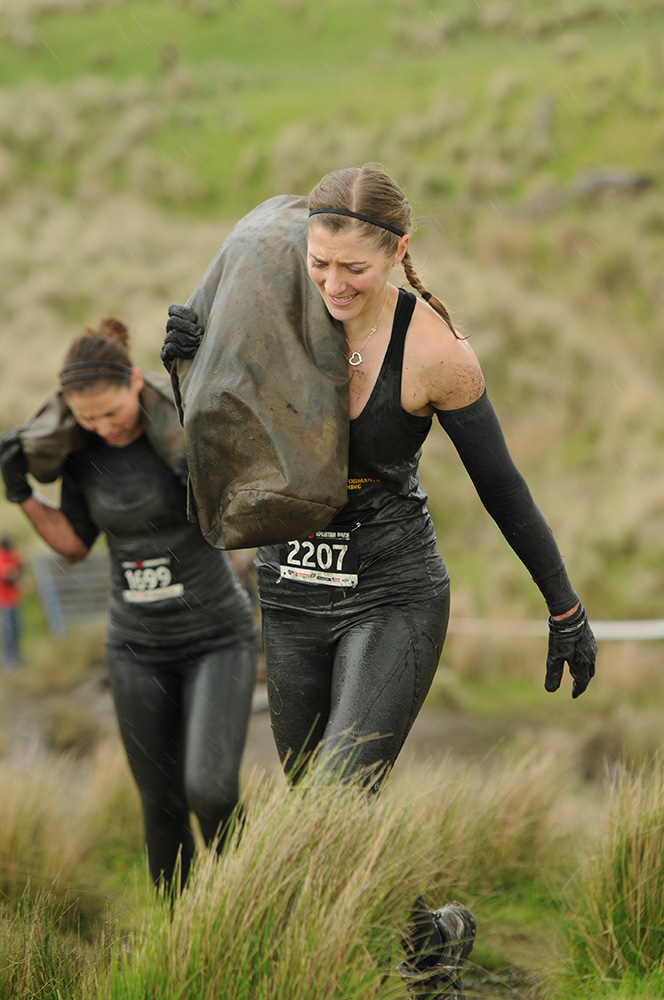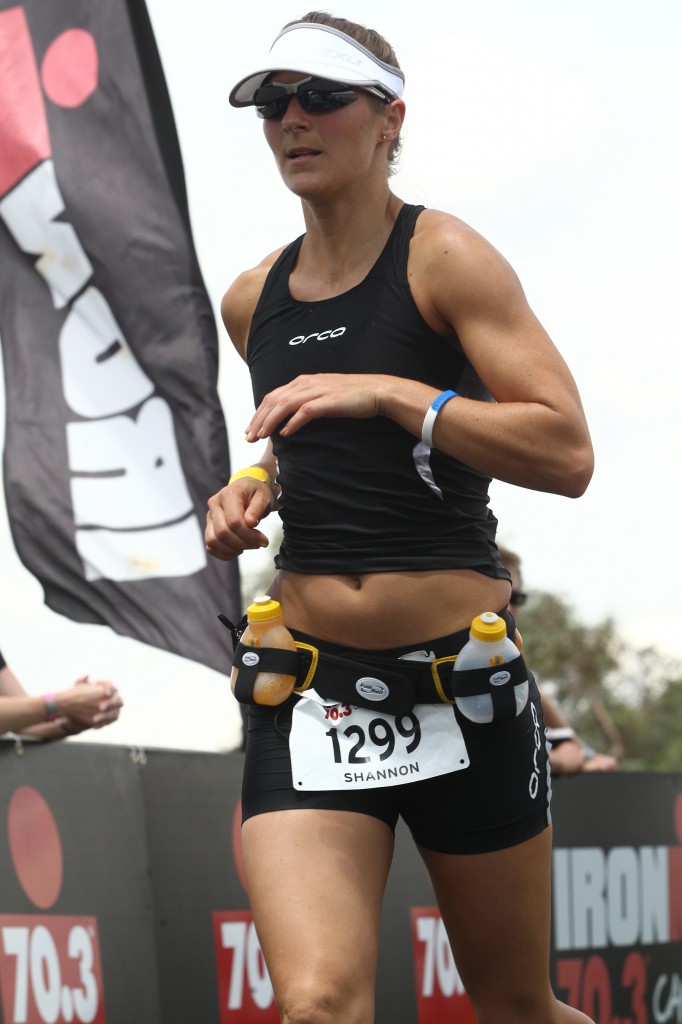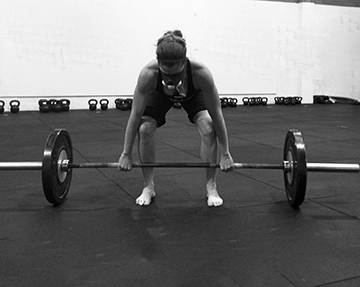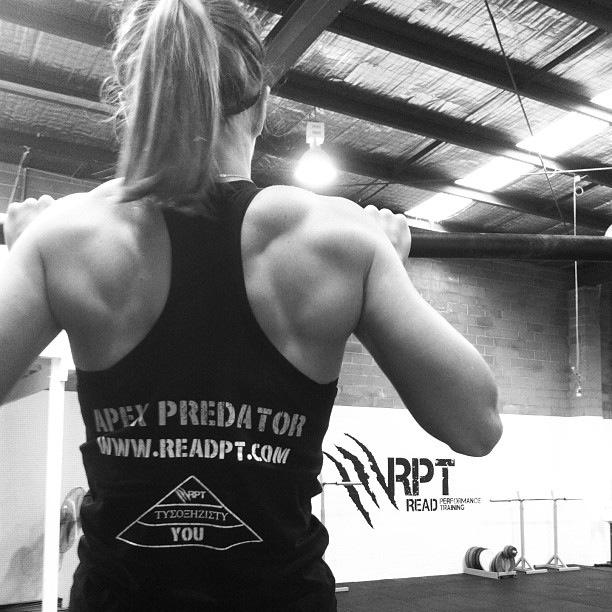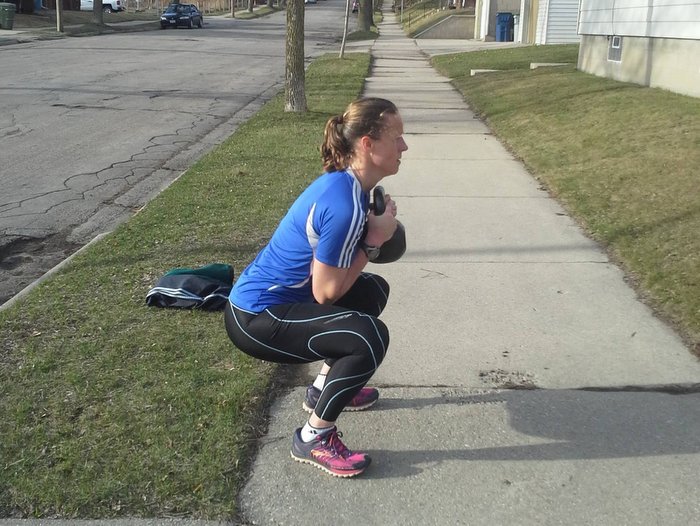
Three Examples of World Class Athletes Who Hinge and Wedge:
- As seen above, Margaret Domka is performing a kettlebell goblet squat in her training for the 2015 Women’s World Cup. Goblet squats and hill sprints. She sprints when the goblet squat is correct, but not until then. First one must obtain the wedge and a proper hinge before sprinting. Margaret has shown a proper hinge and wedge which is why she’s fast and strong and therefore, going to the 2015 Women’s World Cup. Hurrah!
- Nathan Mackinnon is ranked as the fastest skater in the NHL. Chris Hamelin is a gold medalist in speed skating. Both of these world-class athletes faced off in a short race. Both utilize a very strong and present hip hinge. To actually see what I’m talking about, take a second to search “Nathan Mackinnon vs. Chris Hamelin”. Pause the video when both athletes are in their starting stance. Take note of the hinge!
- Nine-time gold medalist in sprinting, Carl Lewis, clearly utilizes both the hinge and wedge. His body is connected as one. Take a second to Google Carl Lewis and you’ll see a 0:54-second video. Watch how Carl moves his lower body without breaking the hinge. Carl runs like a 9-time gold medalist, not like a bulldog.
Carl Lewis, Margaret Domka and Nathan MacKinnon are not the only great athletes to have utilized a powerful hip hinge and wedge technique. Spend a few minutes watching the greats such as Michael Jordan in his defensive position, 2014 #1 center in the NFL Alex Mack, and so on. There is a secret which has been exposed thanks to all of us and you within the RKC community and that is this; Hardstyle training works for both high level athletes and pretty much everyone else too!
What is the Hinge and Wedge?
Hinge: move through your hips with minimal flexion through the knees. Stand on your right leg and raise your left knee up to 90 degrees–that left hip would now be hinged. Optimal hinge is approximately 80 degrees as seen on the image below. We hinge to load the largest and most primary muscle groups in the body, the gluteal muscles. Because we’re utilizing primary muscle groups during a hip hinge, our explosive power is greater. Bigger muscles provide bigger output. This is also the main reason why people who use Hardstyle kettlebell training techniques burn so many calories per minute. “They were burning at least 20.2 calories per minute, which is off the charts. That’s’ equivalent to running a 6-minute mile pace.” -Dr. John Pocari, UW-Lacrosse. These large muscle groups require much higher caloric output to function.
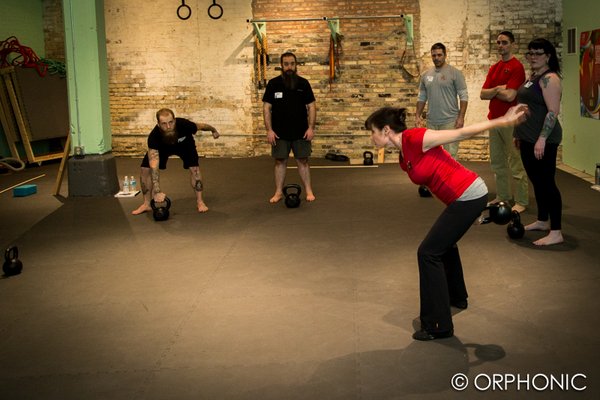
Wedging: is tensing the whole body while in a standing position. Your shoulders are packed, hips and knees are locked out, and abdominals are at maximum tension. We wedge to connect our lower body with our upper body. When the lats are contracted they pull down on the shoulders and bring our upper body closer to our center of gravity and hips. Wedging connects the upper and lower body as one! Think of a standing Hardstyle plank. It’s possible to achieve an almost constant wedge-like posture throughout the movement with enough practice. You know who utilizes such a posture with sports? Only the best!
Two Awesome Exercises for Hinge and Wedge
Two exercises which enhance the hinge and wedge are the Hardstyle swing and Turkish get-up. Regardless of your skill level with kettlebells, the Hardstyle technique will enhance your overall athleticism. With 8/10 runners in America injured, it’s clear we have some serious imbalances which need fixing. First we’ll need to get strong enough to hold the wedge while running and performing other physical activities. Ever seen a bulldog walk? Ever noticed the similarities between a bulldog’s stride and someone jogging down the street? Arms are crossing over the torso while the legs are flopping all over the place. Not good!
3 Tips for Enhancing the Wedge and Hinge in the Turkish Get-up
- Hold the each stage for 5-10 seconds while packing the shoulders and pushing your knee out
- Shrug and re-pack each stage of the get-up
- Squeeze the handle as hard as you can at the pause in each stage of the get-up
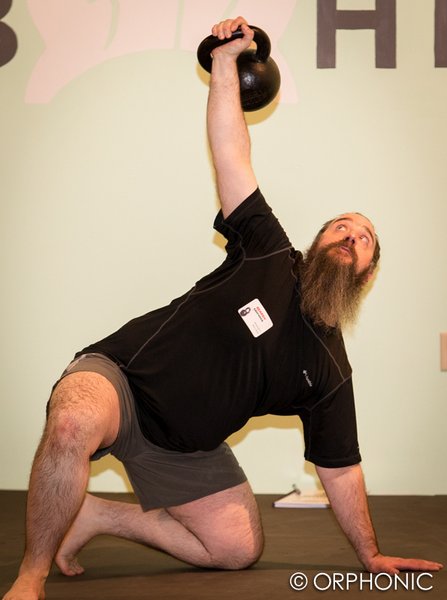
If hinging your hips and wedging your torso is good enough for the best athletes in the world, I think it’s safe to say it’s good enough for you, me and our loved ones. When I get a room full of athletes at the start of another season and tell them we’re not touching any weights until we get the hinge and wedge down they look at me like I’m nuts. But after 4-6 weeks of hinge and wedge practice they double their mobility, speed and strength. Although they still look at me like I’m nuts they’re happy with their gains. Start simple; train simple and the results will be simply amazing!
I’ll leave you with a picture from the 2014-2015 MSOE (Milwaukee School of Engineering) Men’s Hockey Team. We started the season with loads of injuries, a losing record and 14 freshmen. We’ve finished the season nationally ranked, zero injuries, beat the #1 team in the country and went to the semi-finals in the toughest conference in the country. We hinge and wedge!
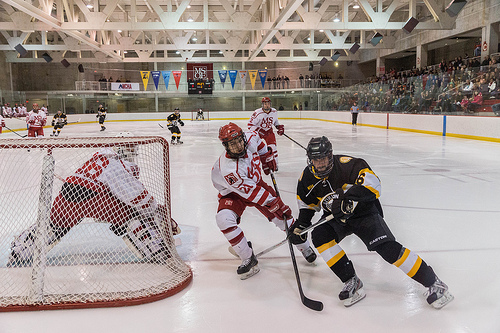
***
RKC Team Leader Nick Lynch is a Strength and Conditioning Coach at Milwaukee School of Engineering University (MSOE). He owns Superb Health Milwaukee, a kettlebell studio in Milwaukee, WI. Most recently, he became an RKC Team Leader. He has 13 years of full-time training and coaching experience and a lifetime of wellness education. Nick lives in Milwaukee, WI with his wife Natalie and son Weston.
